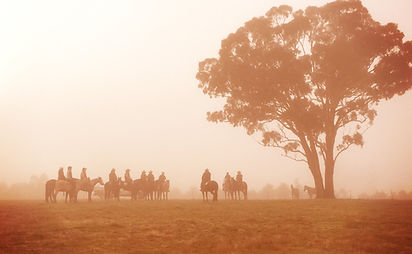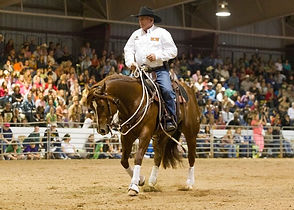
CLINIC FORMAT
In all clinics Ian has everyone together to start, and covers the basics, flexion, control of the head and neck, shoulders, ribcage and hindquarters. After lunch Ian will then run through each person individually and concentrate on what he sees needs improving or refining – or if you are having a particular problem, let Ian know and he can cover that. All riders are encouraged to stay and watch, and practice what is being shown , or what they have learnt in the first session.
Ian will cover exercises for suppleness, exercises to get control of body parts, and exercises for guiding and speed control. Techniques to build your horses knowledge, understanding and confidence.
The Maximum number of riders at a clinic is usually 15
and they usually start at 8 am ( saddled up, warmed up and ready to ride) and go until around 5.30 pm ( sometimes later)

WHAT DOES A HORSEMANSHIP CLINIC COVER
In a horsemanship clinic Ian concentrates on building a foundation for your horse or advancing on from the foundation you have on your horse, in talking about foundation training, we are simply trying to provide a basis from which to firstly establish and then advance a horse’s education so that he is more knowledgable and confident.




My goals are to have my horse understand how to;
1. Flex his head and neck left and right in response to rein and leg cues
2. Flex his neck vertically, breaking at the poll, throat, withers and lower jaw
3. To travel at a walk, trot and lope in both directions, body arced in the direction of travel
4. Walk, trot and lope both directions with body in reverse arc
5. To speed up and slow down in response to body and rein cues
6. To stop straight
7. To back up
8. To turn both left and right and
9. To side pass both directions.
There are three other areas that I try to be diligent about:
(1) Give to pressure – I pull he should give, I press he should go
(2) I try to always travel on the correct lead – I see no benefit in being careless about this and
(3) To be aware at all times about form to function – i.e. to be conscious of the body shape a horse needs to be in to perform the gait or manoeuvre he is attempting at an acceptable level.